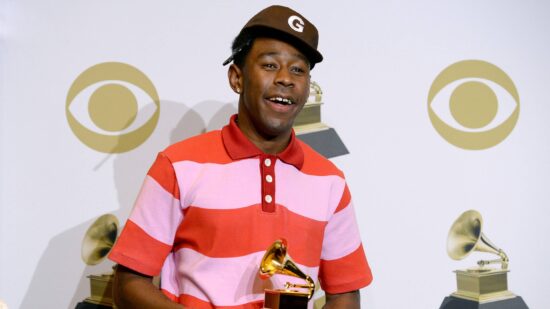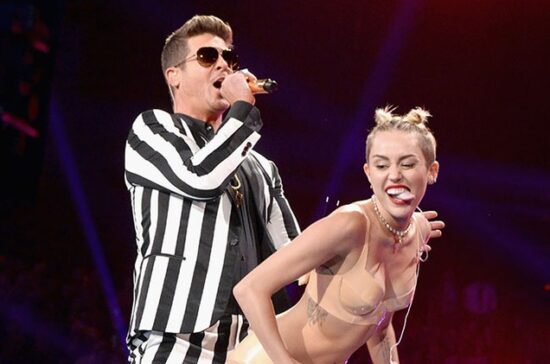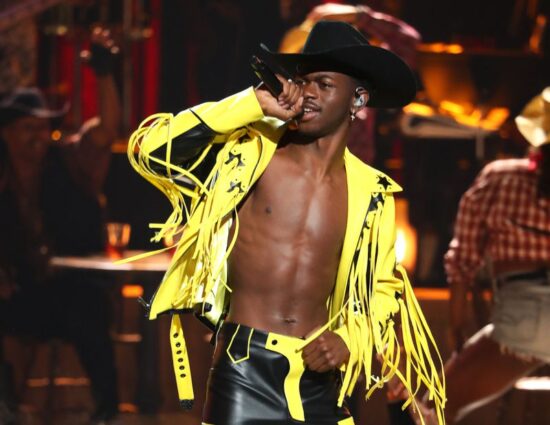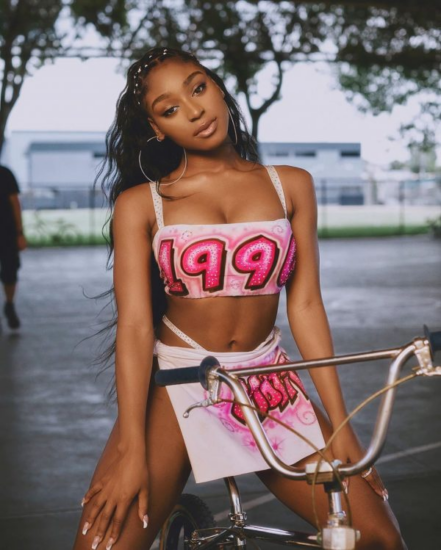Boxed In: Genre-Bending and Its Relationship with Black Artists
Artists of color often find themselves pigeonholed into pre-existing categories, giving them less flexibility than their white counterparts.
At the 2020 Grammy Awards, audiences watched on as Tyler the Creator received the award for best rap album. To many of his fans, this was a big and well-deserved win for the multi-faceted rapper, but to him, it was a bit of a disappointment. In a post-Grammy’s interview, Tyler gave a speech regarding his feelings around the award. After addressing how grateful he was to be acknowledged he also mentioned the downside to the reception of the award,
“On one side I’m just grateful that what I made could be acknowledged in a world like this. But also it sucks that whenever we—and I mean guys that look like me—do anything that’s genre-bending or anything they always put it in a Rap or Urban category.”

Genre-Bending. /ˈZHänrə/ – /bend-iNG/ Definition: Has elements of two or more genres
Ex: A Hip Hop song with jazz undertones doesn’t conform to rules of a specific music genre and is unique in its own right.
People fail to realize that many black artists are pigeon-holed in award shows like the Grammys and the music industry as a whole. Many black artists are relegated to the genres of either R&B or Rap (or in the Grammys case, “Urban”). While many white artists can thrive in all kinds of music genres and be successful in each one, numerous black artists don’t succeed or don’t get the chance.
We find that white artists have the opportunity to occupy spaces that began as black and profit off of their commercial success, while black artists are left hanging. It happened as far back as Elvis Presley covering the song “Ain’t Nothing But A Hound Dog” from Big Mama Thorton, and making an instantaneously recognizable hit. This ultimately led to Thorton’s legacy cut out of the image and Presley being deemed by history as “The King”. And it wasn’t just Presley, artists from the Beach Boys to Michael Bolton took the essence or just plain stole certain songs from black artists and reaped the benefits while black artists were left out to dry.

But this isn’t just an occurrence that happened decades ago in your grandparents’ and parents’ time. It has continued well into currently, just a bit more under the radar. This happened with ex-Hannah Montana and once child-friendly artist, Miley Cyrus. After her days on the Disney Channel and during her journey of shaping her image, Cyrus hopped on to the ratchet/ trap music space with her songs “23” and “We Can’t Stop”. What is so off about this situation is the privilege she had as a white artist. She was able to, out of nowhere, return back to her clean image as though that was always her persona. Black artists don’t really have the opportunity to do the same. They are usually relegated to what people believe they should be pursuing. Most of the time it’s Rap and R&B that some people think suits black artists best, and they rarely have the opportunity to move outside of the musical genre they’re known for.

An example of this would be Lil Nas X and his song Old Town Road which was initially categorized as a country song and placed on the Billboard Hot Country Songs chart. Then with almost no one’s knowledge, the song was pulled from the chart because it was deemed as “not currently [able to] merit inclusion on Billboard‘s country charts” from there it was categorized as rap or at times country trap. For reasons unknown, Old Town Road wasn’t country enough even though it included stereotypically country lyrics about horses, tractors, and boots. It just gives another example of how difficult it can be for black artists to get out of the Rap/Urban categorization.

In the same vein, there has been erasure of black people in other music spaces. In many instances, music genres, especially pop, are occupied by white artists solely, and rarely do we hear of black artists. With even a quick Google search of “pop music artists,” the results show Taylor Swift, Lady Gaga, and Katy Perry; all white women. At this point, many don’t associate black women with pop music. This could be seen with Normani and her place in the pop music sphere. When creating her music video for the song, Motivation she told the director, “[She wants] this to be as black as possible,” and then questioned, “Why does pop music have to be so white? Why don’t we make it a little more me?” What she says echos the many instances where black artists are completely looked over, no matter popularity. When a list of Billboard’s Woman of the Year from the past decade was put in a tweet, the list included many white pop artists and excluded stars like Beyonce and Rihanna.
This all circles back to Tyler the Creator’s post Grammy speech where he stated, “I don’t like that ‘Urban’ word. It is just the politically correct way to say the n-word to me. So, when I hear that I’m like, ‘Why can’t we just be in Pop?’”
With all of that said the music world needs to give black artists the opportunity to break out of the molds of what’s expected of them musically and recognize them for doing so. The music industry should be adapting to the changes we see in music and its continuing evolution instead of classifying every black artist to hold a mic as rap, hip-hop, and the even more ambiguous “urban.”